#SocialNetwork
✴️ A travers les réseaux sociaux, les penchants narcissiques sont bien souvent redoublés…
🌀 On retrouve des effets dits “chambre d’écho”, générés par ces “rooms” / “threads” ou autres fils, et qui cantonnent ceux qui n’y prêtent pas attention, dans un vase clos, aseptisé et à la convenance de leurs créateurs…
🧠 La littérature scientifique a souligné combien des personnes qui croient fermement aux “théories du complot” présentent un niveau de pensée analytique (le système 2, caractérisé comme plutôt lent, contrôlé et exigeant en ressources, Kahneman, 2011) moins développé (Douglas et al., 2017; Hornsey, 2020 ; Swami et al., 2014)… privilégiant une pensée plus automatique et perçue comme “intuitive” (voir aussi West & Bergstrom, 2021).
💡 La pratique de la métacognition (Houdé, 2020 ; Salovich & Rapp, 2021) et de la pensée critique offrent une ouverture vers la différence et la découverte… 👍🙏 et nous permettre de vivre intelligemment, raisonnablement, et avec empathie 😉☀️
⚙️ Cela invite aussi chacun à diminuer le pouvoir et l’influence de nos tendances psychiques égocentriques et “socio-centriques” (relativité culturelle et sociale : Bonney, 2018 ; Pennycook & Rand, 2019 ; van Prooijen, 2018 ; van Prooijen & Song, 2021).
💡 La pensée critique, #CriticalThinking, comme méthode, diffuse des processus et des principes qui facilite l’analyse, l’évaluation et l’amélioration de nos idées (Bailin & Siegel, 2003, Siegel, 2010).
🗝 Comme mode d’action dirigé par la prudence de la pensée (phronesis ou prudentia), elle pourrait nous préserver des conclusions hâtives non soutenues par des faits, des jugements suspendus malgré des preuves avérées, des raisonnements incontestables car purement idéologiques ou religieux, etc.
Un tel processus “complexe” (voir le triptyque Piaget – Simon – Morin), nous évite alors de penser de manière simpliste à des questions complexes, facilite la prise en compte, et de manière appropriée, des droits et des besoins des parties concernées.
–> Comment faire face à nos insuffisances individuelles cognitivo-émotionnelles ?
–> Que pensez-vous de créer collectivement des espaces transversaux de réflexion et de pensée qui nous fassent progresser et agir plus humainement, et de manière plus éclairée et bienveillante ?
▶️🧭 Je vous invite à regarder la vidéo avec Etienne Klein et Aurélien Barrau sur ce sujet, un très bon moment épistémique 👍😉
–> Science y croire encore, Les rencontres Livres en Marches 2021 #10 (05/12/21)
🧠⚙️ La pseudoscience promet des “réponses”, raison pour laquelle elle est si populaire…
La science nous donne, elle, des probabilités et des incertitudes, qui suggèrent qu’une réponse est meilleure qu’une autre, pour le moment…
Et un jour nous devrons peut-être changer d’avis 🧠♻️😉
#CriticalThinking #SCIENCE #ClimateChange
Science y croire encore – Les rencontres Livres en Marches 2021 #10 (05/12/21) : https://youtu.be/kfRufhEWqAE
Conférence avec Etienne Klein (philosophe des sciences & physicien) & Aurélien Barrau (astrophysicien & écologue.
REFERENCES :
– Bailin, S. & H. Siegel (2003). “Critical Thinking”. in: N. Blake, P. Smeyers, R. Smith & P. Standish (eds.). The Blackwell Guide to the Philosophy of Education, Malden: Blackwell, pp. 181-193.
– Bonney, K. M. (2018). Fake News with Real Consequences: The Effect of Cultural Identity on the Perception of Science. The American Biology Teacher, 80(9), 686–688.
– Douglas, K. M., Sutton, R. M., & Cichocka, A. (2017). The Psychology of Conspiracy Theories. Current Directions in Psychological Science, 26(6), 538–542.
– Hornsey, M. J. (2020). Why Facts Are Not Enough: Understanding and Managing the Motivated Rejection of Science. Current Directions in Psychological Science, 29(6), 583-591.
– Houdé, O. (2020). L’inhibition au service de l’intelligence: Penser contre soi-même. Presses Universitaires de France – PUF.
⁃ Kahneman, D. (2011) Thinking, Fast and Slow. New York: Farrar, Straus and Giroux.
⁃ Pennycook, G., & Rand, D. G. (2019). Who falls for fake news? The roles of bullshit receptivity, overclaiming, familiarity, and analytic thinking. Journal of Personality, 8(2), 185-200.
– Salovich, N. A., & Rapp, D. N. (2021). Misinformed and unaware? Metacognition and the influence of inaccurate information. Journal of Experimental Psychology: Learning, Memory, and Cognition, 47(4), 608–624.
⁃ Siegel, H. (2010). Critical thinking. In International Encyclopedia of Education (pp. 141-145). Elsevier Ltd.
⁃ Swami, V., Voracek, M., Stieger, S., Tran, U. S., Furnham, A. (2014). Analytic thinking reduces belief in conspiracy theories. Cognition, 133, 572–585.
⁃ van Prooijen, J.-W. (2018). The Psychology of Conspiracy Theories. Routledge.
⁃ van Prooijen, J.-W., & Song, M. (2021). The cultural dimension of intergroup conspiracy theories. British Journal of Psychology, 112(2), 455–473.
– West, J. D., & Bergstrom, C. T. (2021). Misinformation in and about science. PNAS Proceedings of the National Academy of Sciences of the United States of America, 118(5).
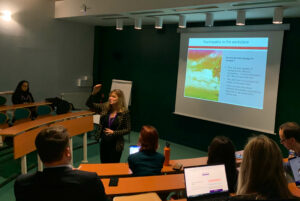
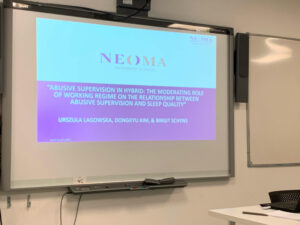
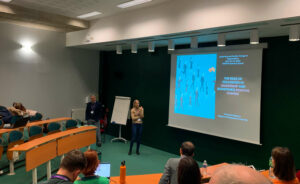
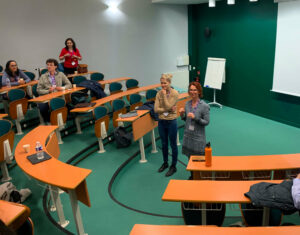



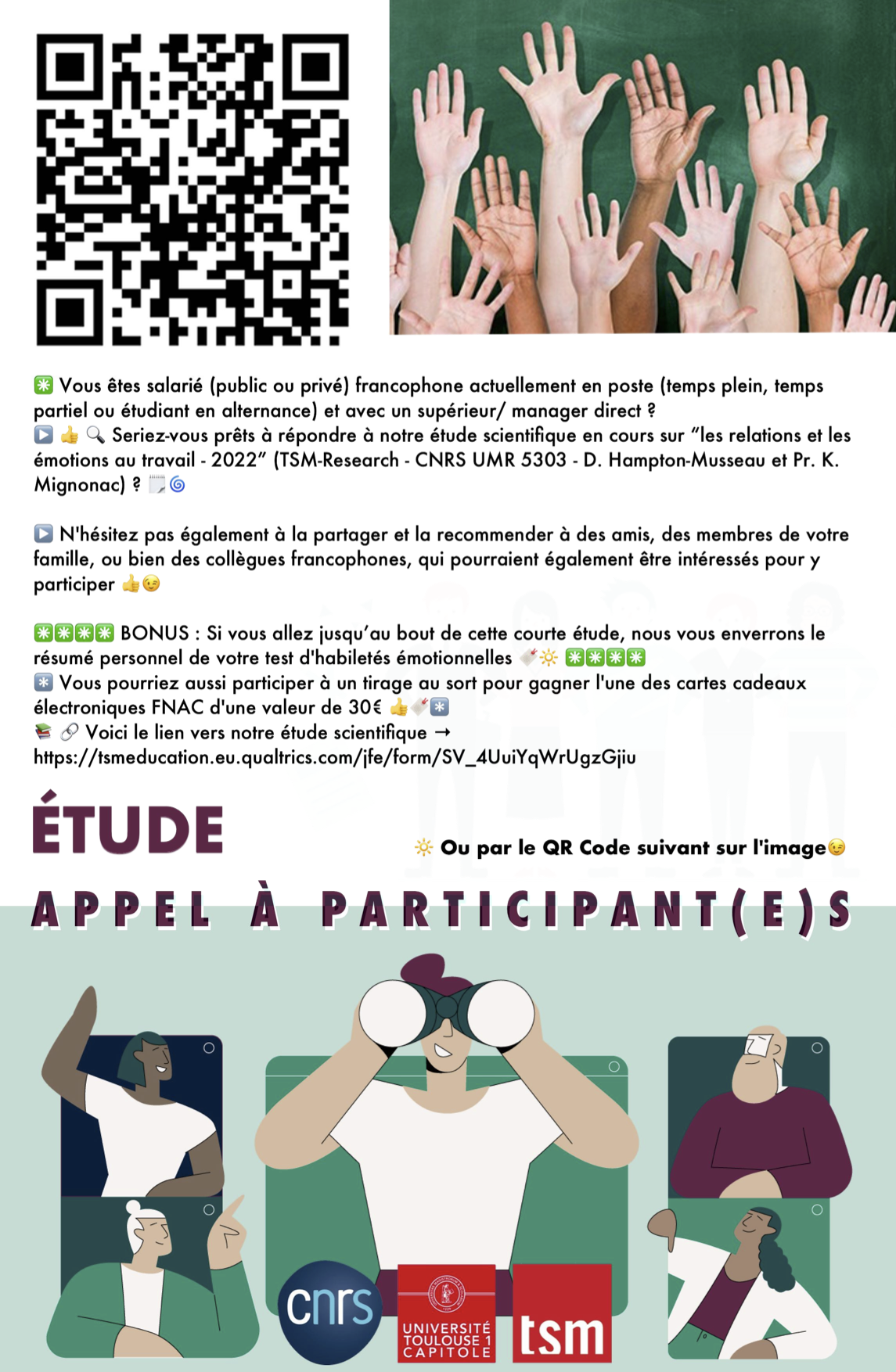
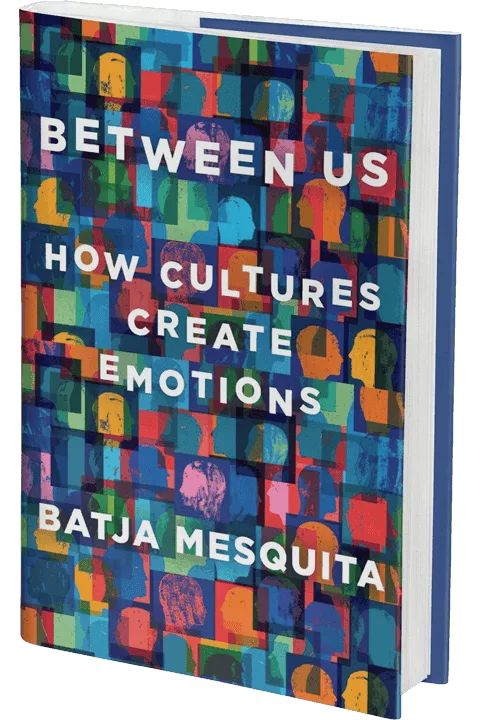

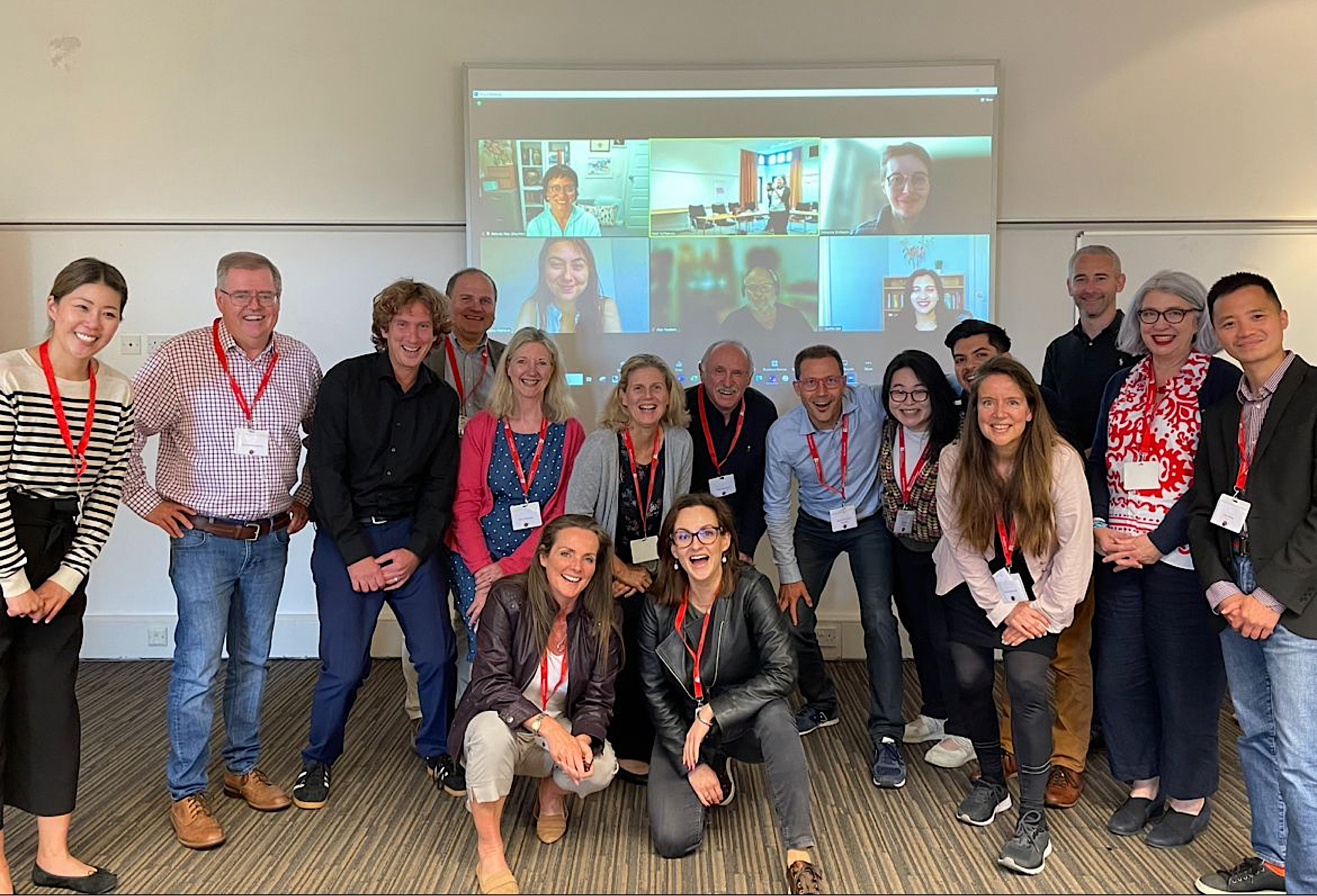

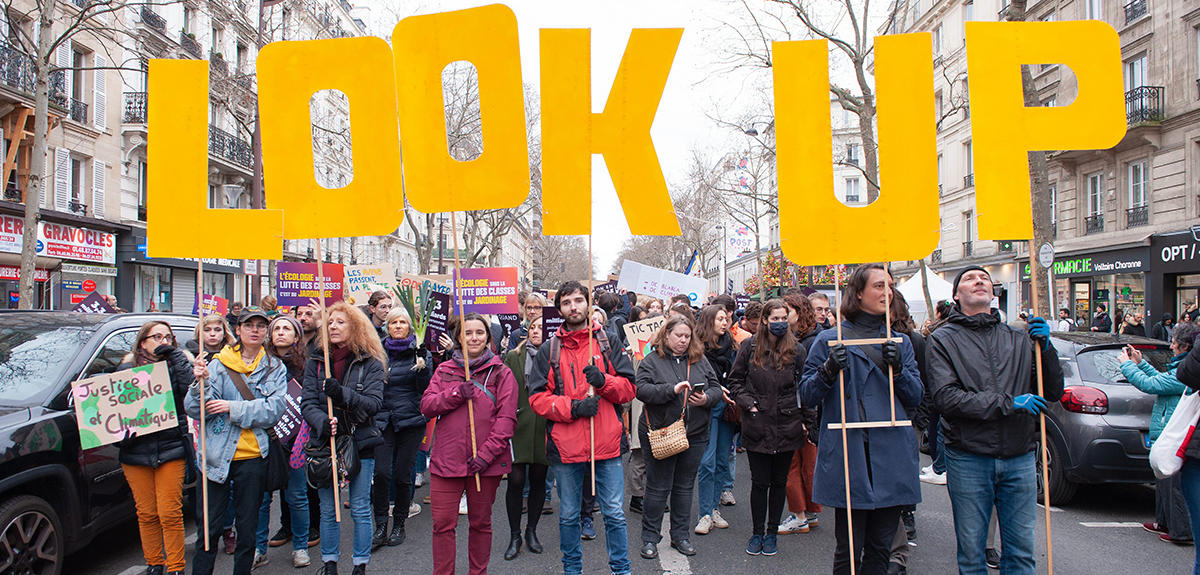


Paul Voestermans